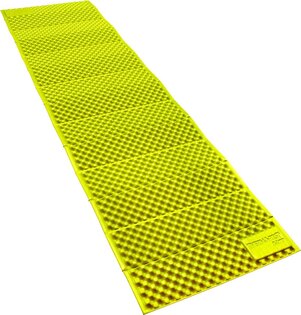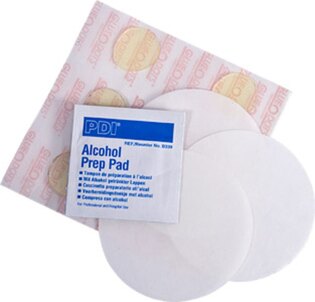From informative history to current production, Therm-a-Rest brand sleeping pads are constantly evolving and improving. The story of two engineers who, after losing their jobs, founded what is now a world-renowned brand is still inspiring.
The American manufacturer Therm-a-Rest is celebrating its 45th anniversary this year. It specializes in producing top-quality sleeping pads, whether foam, inflatable, or self-inflating.
A bit of history
The year was 1971. The mammoth aircraft manufacturing company Boeing, based in Seattle, announced the largest layoff in the company's history, with 50,000 employees losing their jobs. Among the newly unemployed were two young engineers, Jim Lea and Neil Anderson, eagerly searching for new work. They turned to their friend, mountaineer John Burroughs, for inspiration. As a climber, John knew that the whole world was waiting for a better sleeping pad.
“I wanted a mattress that would be lightweight, warm, and comfortable at the same time,” says John.
Jim and Neil took on this challenge. One day Jim was working in the garden, and when he wanted to kneel on a cushion to pad his knees, he noticed how the air was pushed out of it. That was the moment of revelation. Jim realized that open-cell foam had shape memory. Excited by this discovery, he and Neil started working on the first prototype of a “self-inflating” sleeping pad. They planned to take open-cell foam and sandwich it between two pieces of airtight fabric.
Quality comes at a price
Using an old sandwich maker, they fused the fabric and foam together, creating an airtight sandwich. They added a valve, and the first prototype for testing was complete. It took months of testing and modifications before they introduced the first perfect model.
Therm-a-Rest is a company based in Seattle on the west coast of the USA, at the foot of the Rocky Mountains. All production comes from workshops in the USA or the sister branch, Cascade Designs, in Cork, Ireland.
Therm-a-Rest is among the best in its category on the market. For easy orientation in the offer, each "Thermarest" has an R-value listed. The higher the number, the better the insulation. The disadvantage of Therm-a-Rest pads is the higher price. However, this is offset by a lifetime warranty that the company provides with each pad.













































































































































